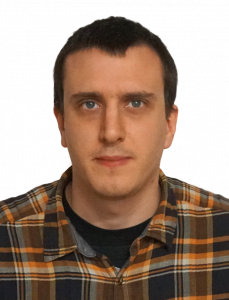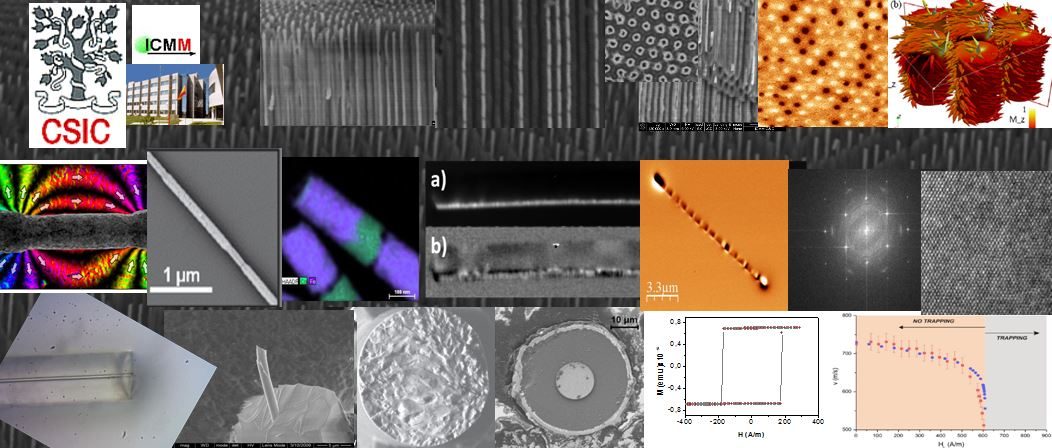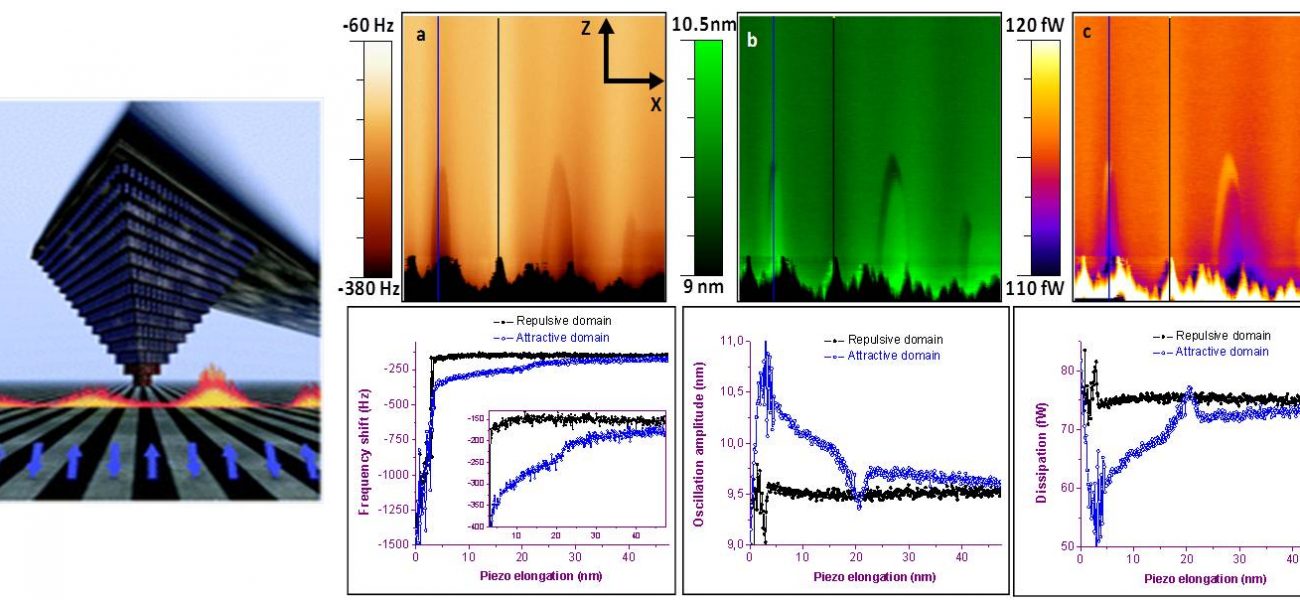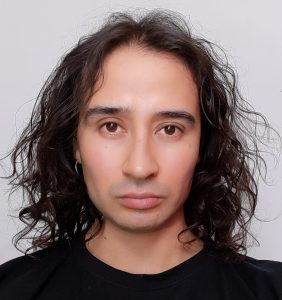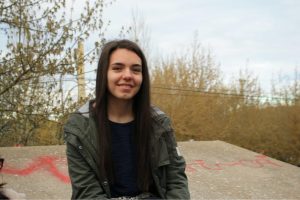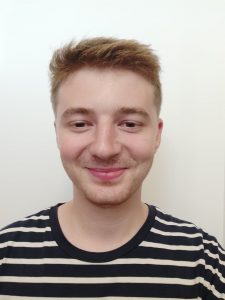Joao Filipe Pinto de Queiros Fradet has been awarded with a predoc grant FPI linked to the National Project «3D magnetism in cylindrical geometry for energy efficient emergent technologies». He will study the movement of magnetic domain-walls induced by electric current and thermal gradients on magnetic nanowires. To that aim, characterization techniques such as MFM and XMCD-PEEM microscopies will be employed in combination with micromagnetic simulations. Nanofabrication methods will be developed employing physical and electrochemical techniques, such as electrodeposition onto nanoporous alumina templates and sputtering.
